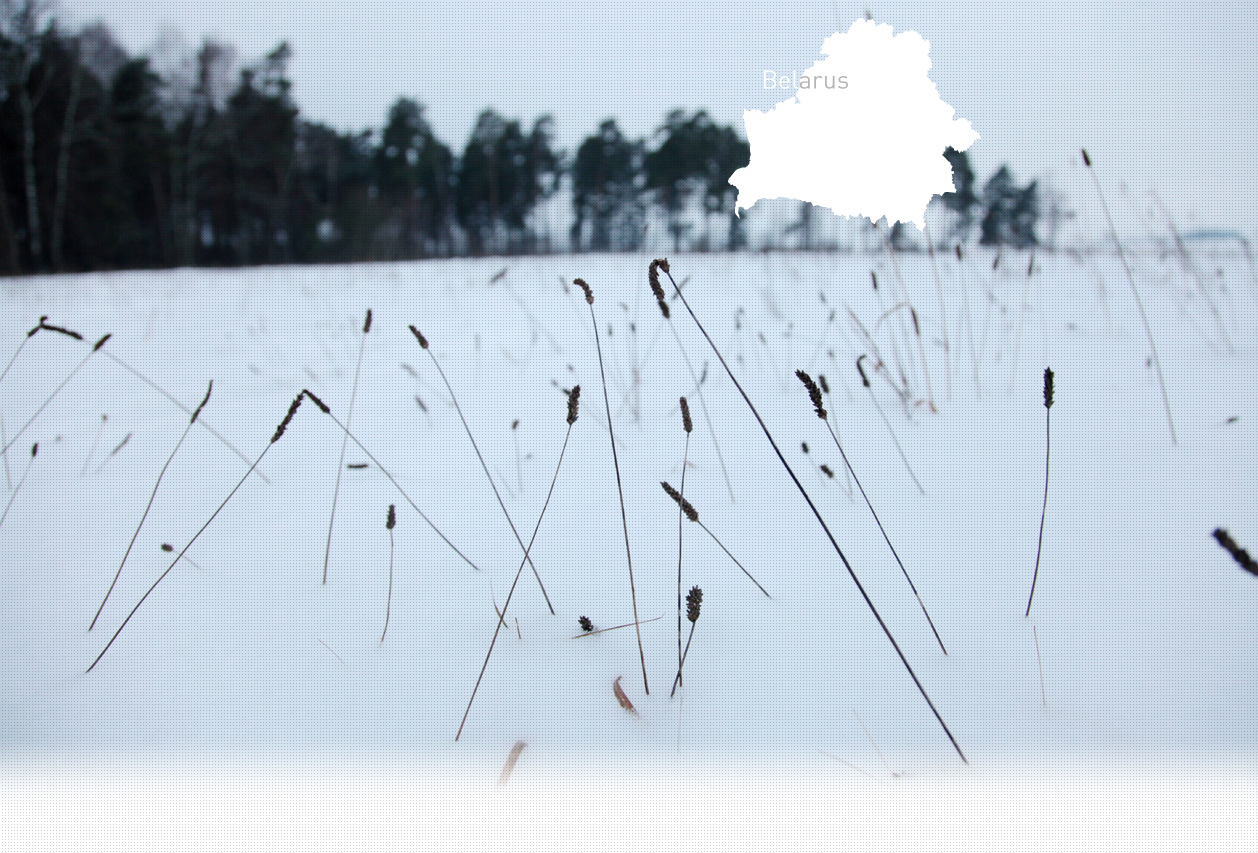

1 Killing site(s)
Nina S., born in 1934: “On the night from August 5 to 6 [1941], the Jews were gathered. Once gathered, they were shot in the pits prepared beforehand. My mother was taken with the Jews at this moment. She looked Jewish, that is why she was mistaken for a Jew and rounded up with them, but thankfully one policeman recognized her in the column and let her go home. The column was rather big. There were mainly women, children, and elderly people. The column was guarded by the policemen dressed in black uniforms. They had armbands and rifles. However, they didn’t participate in the shooting. The shooting was conducted by a German punitive detachment that arrived here by motor.” (Witness n°973B, interviewed in Sviataia Volia, on September 12, 2018)
"In August 1941 (I don’t remember the exact date), very early in the morning, a German and two policemen armed with guns started walking through the streets of Sviataia Volia and taking people out with shovels to go behind the Sviataia Volia station. I went there together with other people. This place was in the area called ‘Zavirie’: there was a fuel pit, which had been dug under Soviet rule.
In this pit I noticed the bodies of about 20 Jews: they were all dressed; most of them had smashed skulls. The others and I started to fill in the pit, but at that moment the Germans and policemen took another group of Jewish men, about 20 people. They put them in the pit, on top of the corpses covered with a thin layer of soil, and arranged them facing each other in rows of three. Then they started to fire at them with machine guns and rifles, aiming at the neck. When we had covered their bodies with a thin layer of soil, the Germans took the third group of Jews and shot them in the same way. Those poor victims who were weak and old and could not walk were killed with batons and rifle butts. The peasants who could not stand to watch these horrors and who refused to fill in the pit and wanted to leave were also beaten. The Germans were the ones who fired. The policemen only brought the Jews.” [Deposition of a requisitioned villager, Fiodor S., born in 1884, given to the Soviet State Extraordinary Commission (ChGK); GARF 7021-90-30]
Sviataia Volia is located in western Belarus, 165 km (102 mi) northeast of Brest and 60 km (37 mi) north of Pinsk. The first records of the Jewish community date back to the 17th century. According to the 1816 census, there were some 100 Jews in Sviataia Volia. The local Jewish population was rather small compared to the communities that lived in the nearby villages of Motol (in 1921, 26% of Motol’s population was Jewish) or Telekhany. The majority of Sviataia Volia’s Jews lived off small-scale trade and handicrafts. The Jewish community had a cemetery and a prayer house. In between the two world wars, the town was under Polish rule. However, in September 1939, it was taken over by the Soviet Union. It is estimated that about 400 Jews, including refugees who came from occupied Poland, were living in Sviataia Volia on the eve of the war.
Sviataia Volia was occupied by German forces in early July 1941. One month later, on August 5, 1941, the village’s Jewish men were arrested and gathered in a room. They were guarded by the Germans. During this time, the remaining Jewish women, children, and elderly people were gathered. They were all arrested at their homes and confined in the local Klub building. On August 6 or 7, 1941, the execution took place. First, the men, and then the women and children, were taken outside of town to a place called "Zavirie", where a fuel pit dug under Soviet rule was located. They were killed in groups of twenty people, with men being separated from women and children. The victims were forced to take the clothes off of their upper bodies and were shot at the edge of the pit or inside it. In all, according to the Soviet archives, there were five mass graves. The shootings were conducted by an SS Cavalry detachment that arrived from Telekhany. Today, there is a memorial at the shooting site.
Do you have additional information regarding a village that you would like to share with Yahad ?
Please contact us at contact@yahadinunum.org
or by calling Yahad – In Unum at +33 (0) 1 53 20 13 17